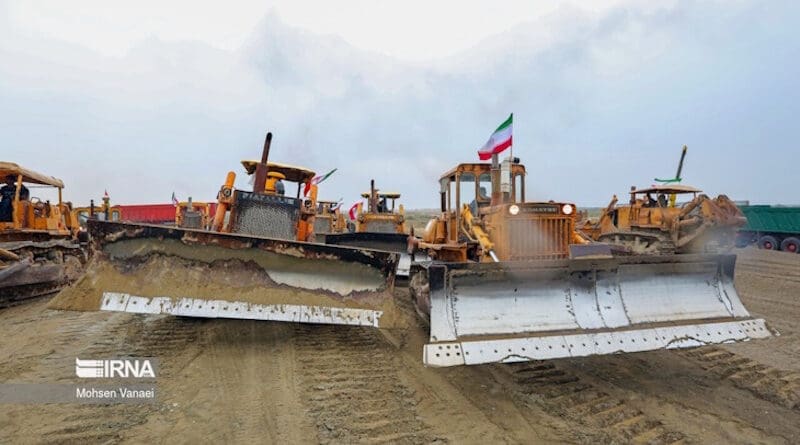Iran Announces Start Of Work At New Nuclear Plant Site
The Atomic Energy Organisation of Iran (AEOI) has announced the start of work at a site in Hormozgan province that it says will be home to four new nuclear reactors.
The site, near the cities of Minab and Sirik, will ultimately have a capacity of about 5000 MWe and is part of 20,000 MWe of capacity the country intends to build over the next 20 years, the AEOI said.
The ceremony to mark the start of work at the site took place during a visit by Iranian President Ebrahim Raisi to the province on 1 February, with the President issuing an order by videolink to Mohammad Eslami, the head of the AEOI.
Eslami said USD15 billion will be invested in the “super project” to build four 1250 MWe units in line with the Makran coast development plan. No details have been provided about the units themselves.
A Russian-designed VVER unit with a capacity of 915 MWe is already in operation at Bushehr on the Persian Gulf coast where a second VVER is under construction and a third unit is planned. Site work has also begun at a site at Dharkovin on the Karun river, in Khuzestan province. AEOI said in December 2022 that construction of a 300 MWe domestically designed pressurised water reactor had begun there, but this reactor is not yet classed as “under construction” in the International Atomic Energy Agency’s Power Reactor Information System database which defines the start of construction as the first major placing of concrete for the base mat of the reactor.
In 2015, press reports suggested that two Chinese-supplied 100 MWe units had been pencilled in for construction at a site on the Makran coast.
Iran’s official IRNA news agency has shared a gallery of photographs from the Hormozgan ceremony.

